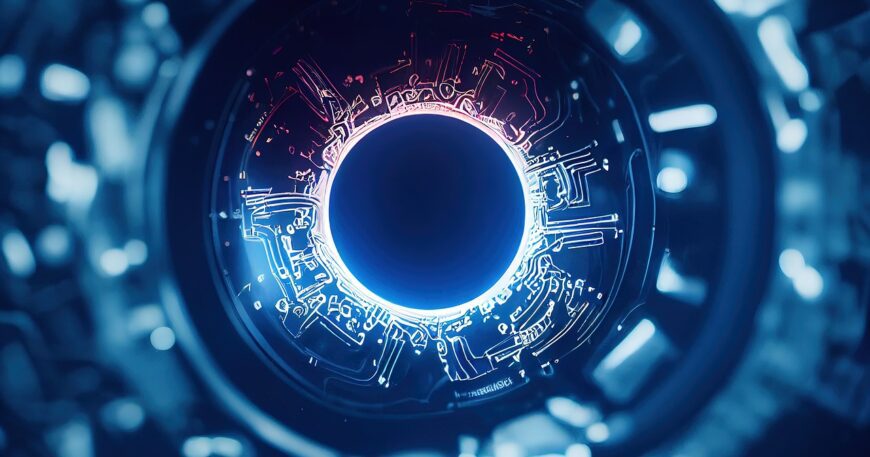Welcome, curious minds, to the enthralling intersection of Quantum Computing and Artificial Intelligence (AI). Imagine a realm where the rules of classical computing bow down to the mind-bending principles of quantum mechanics, giving birth to a new era of computational prowess. Today, we embark on a journey to unravel the symbiotic dance between quantum computing and AI, where the future of technology unfolds in quantum leaps.
The Quantum Odyssey:
To comprehend the marvel that is quantum computing, we must first abandon our classical intuitions. In the quantum realm, bits transform into quantum bits, or qubits. Unlike their classical counterparts, qubits can exist in multiple states simultaneously, thanks to the phenomena of superposition and entanglement. This quantum parallelism opens the door to unprecedented computational capabilities, offering the potential to solve complex problems at a speed that was once deemed impossible.
Quantum Boost for AI:
Enter the realm of artificial intelligence, where algorithms strive to mimic human intelligence. Classical computers, despite their remarkable advancements, often hit a roadblock when dealing with the vast and intricate datasets that fuel AI applications. Quantum computers, with their parallel processing prowess, promise to redefine the boundaries of AI by crunching through massive datasets in record time.
Quantum machine learning algorithms, born from the marriage of quantum computing and AI, hold the promise of revolutionizing various industries. Imagine training models exponentially faster, optimizing complex simulations, and unlocking the secrets hidden within mountains of data—all made possible by the quantum touch.
The Quantum Advantage:
While quantum computers are still in their infancy, scientists and researchers are racing to unlock the true potential of this groundbreaking technology. The concept of “quantum advantage” has emerged, signifying the point where quantum computers outperform their classical counterparts in specific tasks. As quantum supremacy inches closer, the synergy with AI applications becomes more apparent.
Quantum Machine Learning in Action:
Let’s peer into the quantum crystal ball and witness quantum machine learning at work. Quantum algorithms, such as the Quantum Support Vector Machine and Quantum Neural Networks, promise to solve complex optimization problems with unprecedented efficiency. These algorithms could pave the way for advancements in drug discovery, financial modeling, and other domains where classical computers struggle to keep pace.
Challenges and Quantum Quirks:
As we navigate the quantum frontier, we must acknowledge the challenges and quirks that come with it. Quantum computers are highly sensitive to external factors, making error correction a formidable task. Navigating the delicate dance between qubits and maintaining coherence is no small feat, posing both technical and theoretical challenges for researchers.
In this quantum odyssey, we have glimpsed the symbiotic relationship between quantum computing and AI, where the fusion of quantum and classical worlds promises to redefine the technological landscape. The journey is far from over, with researchers and scientists pushing the boundaries of our understanding. As we stand at the crossroads of classical and quantum computing, the future beckons—a future where the machines we build may finally grasp the intricacies of our own intelligence. So, buckle up, fellow explorers, as we ride the quantum waves into a future where computing transcends the classical and ventures into the quantum unknown.


